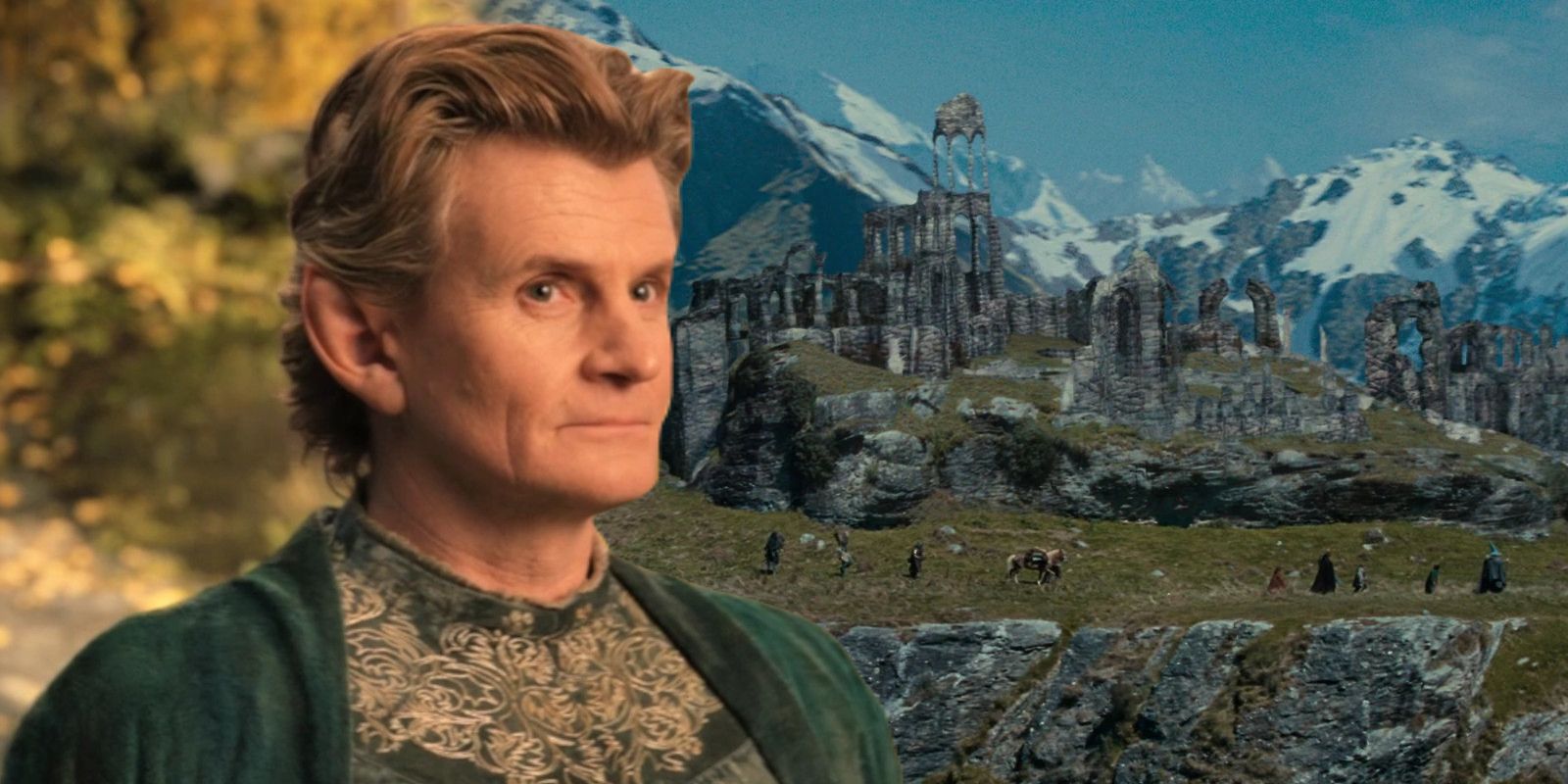Unveiled: The Hidden Rings of Power Location in The Fellowship of the Rings

The Lord of the Rings: The Rings of Power is back with its highly anticipated sophomore season, bringing viewers back to the enchanting world of Middle-earth. This season reintroduces beloved characters such as Lady Galadriel, Elrond, Sauron, and many others. The Prime Video original series delves into the dramatic events of the Second Age of Middle-earth, culminating in the forging of the One Ring of Power and the epic war of the Last Alliance against the dark lord Sauron and his formidable armies.
The second season operates on a much grander scale than its predecessor, showcasing various iconic locations in Middle-earth, some familiar and others newly explored. The Rings of Power places a significant focus on the Elves and their majestic kingdoms during this era. This depiction of the Elves is a far cry from what was seen in Peter Jackson's Lord of the Rings trilogy, which is set in the Third Age as the Elves begin their exodus to Valinor. At the height of their power during the Second Age, the Elves resided in magnificent cities, including Ost-in-Edhil, a city briefly featured in The Fellowship of the Ring but never named in the film.
Ost-in-Edhil, meaning "Fortress of the Elves" in Sindarin, was established in the 750th year of the Second Age by Fëanor and the Ñoldor. It was situated near the Dwarven kingdom of Khazad-dûm, with hopes of fostering a better relationship between the Elves and Dwarves through closer proximity. This city, located in the realm of Eregion, became a thriving hub for many Elves, including Fëanor's descendants. Among them was Celebrimbor, Fëanor's grandson, who inherited his ancestors' passion for crafting and engineering. Celebrimbor eventually rose to become the leader of Ost-in-Edhil.
In The Rings of Power, the series devotes considerable time to exploring Ost-in-Edhil, though the city is rarely mentioned by name, instead referred to as "Eregion" due to Amazon Studios' licensing restrictions. The city has gained prominence in recent episodes as the story follows the Elf's interactions with Halbrand, who is revealed to be Sauron in disguise. Sauron, initially appearing as Halbrand and later as the Lord of Gifts, Annatar, persuades Celebrimbor to forge additional rings of power.
Ost-in-Edhil becomes a critical location where several rings of power are forged, including the three rings for the Elves, the seven rings for the Dwarf-lords, and the nine rings for the kings of Men. Many Lord of the Rings fans might not have realized that Ost-in-Edhil is briefly depicted in The Fellowship of the Ring. The ruins of the city are visible as the Fellowship journeys through Middle-earth, creating a stark contrast to the grand Elven city portrayed in The Rings of Power.
The Fellowship, carrying the One Ring of Power on their quest to destroy it, passes by the ruins of Ost-in-Edhil, unaware of its profound significance. The location where nineteen of the twenty Great Rings were forged adds an extra layer of symbolism to Lord of the Rings and Frodo's mission. To destroy the One Ring, Frodo must traverse the very site where several original rings of power were first created. The story of Celebrimbor and Ost-in-Edhil is one of both grandeur and tragedy, as Celebrimbor's mistakes inadvertently advance Sauron's dark plans. Deceived by Sauron in his guise as Annatar, Celebrimbor’s gifts to the Dwarves and Men lead to their eventual corruption and a rise of darkness in Middle-earth.
In a final act of vengeance, Sauron captures and tortures Celebrimbor for the location of the remaining rings of power. When Celebrimbor refuses to reveal this crucial information, Sauron has him executed and displays his body as a banner in subsequent battles with the Elves. Ost-in-Edhil, once a grand and magnificent city in The Lord of the Rings: The Rings of Power, meets a tragic end during the conflict with Sauron, leaving behind only the haunting memory of its former splendor.

